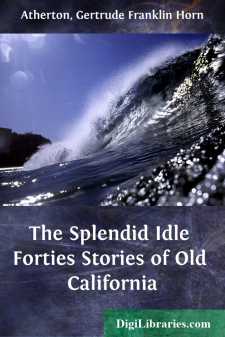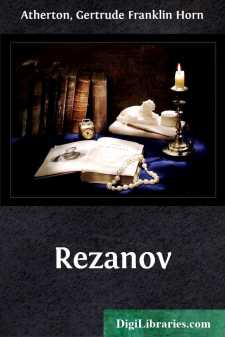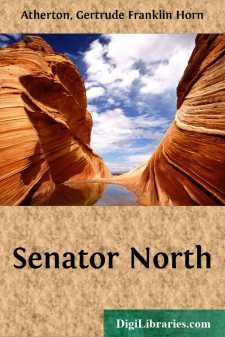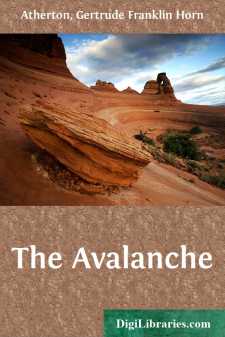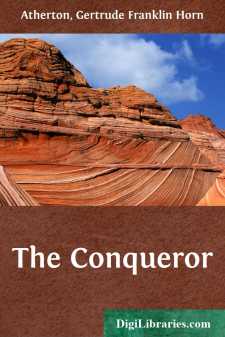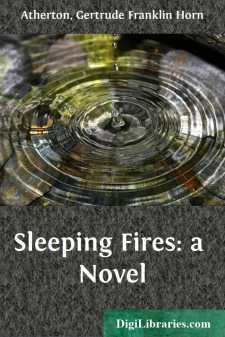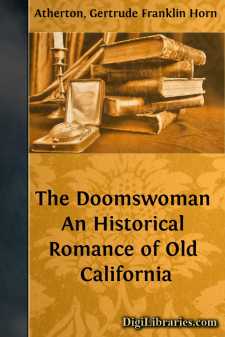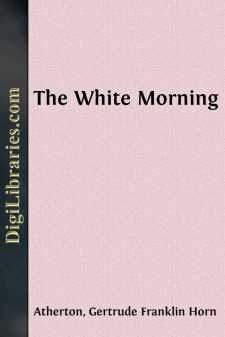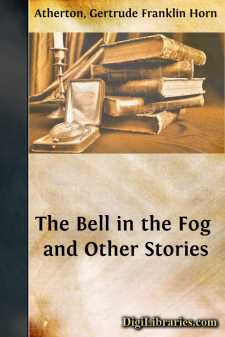Categories
- Antiques & Collectibles 13
- Architecture 36
- Art 48
- Bibles 22
- Biography & Autobiography 813
- Body, Mind & Spirit 142
- Business & Economics 28
- Children's Books 16
- Children's Fiction 13
- Computers 4
- Cooking 94
- Crafts & Hobbies 4
- Drama 346
- Education 46
- Family & Relationships 57
- Fiction 11829
- Games 19
- Gardening 17
- Health & Fitness 34
- History 1377
- House & Home 1
- Humor 147
- Juvenile Fiction 1873
- Juvenile Nonfiction 202
- Language Arts & Disciplines 88
- Law 16
- Literary Collections 686
- Literary Criticism 179
- Mathematics 13
- Medical 41
- Music 40
- Nature 179
- Non-Classifiable 1768
- Performing Arts 7
- Periodicals 1453
- Philosophy 64
- Photography 2
- Poetry 896
- Political Science 203
- Psychology 42
- Reference 154
- Religion 513
- Science 126
- Self-Help 84
- Social Science 81
- Sports & Recreation 34
- Study Aids 3
- Technology & Engineering 59
- Transportation 23
- Travel 463
- True Crime 29
The Splendid Idle Forties Stories of Old California
Description:
Excerpt
THE PEARLS OF LORETO
I
Within memory of the most gnarled and coffee-coloured Montereño never had there been so exciting a race day. All essential conditions seemed to have held counsel and agreed to combine. Not a wreath of fog floated across the bay to dim the sparkling air. Every horse, every vaquero, was alert and physically perfect. The rains were over; the dust was not gathered. Pio Pico, Governor of the Californias, was in Monterey on one of his brief infrequent visits. Clad in black velvet, covered with jewels and ropes of gold, he sat on his big chestnut horse at the upper end of the field, with General Castro, Doña Modeste Castro, and other prominent Montereños, his interest so keen that more than once the official dignity relaxed, and he shouted "Brava!" with the rest.
And what a brilliant sight it was! The flowers had faded on the hills, for June was upon them; but gayer than the hills had been was the race-field of Monterey. Caballeros, with silver on their wide gray hats and on their saddles of embossed leather, gold and silver embroidery on their velvet serapes, crimson sashes about their slender waists, silver spurs and buckskin botas, stood tensely in their stirrups as the racers flew by, or, during the short intervals, pressed each other with eager wagers. There was little money in that time. The golden skeleton within the sleeping body of California had not yet been laid bare. But ranchos were lost and won; thousands of cattle would pass to other hands at the next rodeo; many a superbly caparisoned steed would rear and plunge between the spurs of a new master.
And caballeros were not the only living pictures of that memorable day of a time for ever gone. Beautiful women in silken fluttering gowns, bright flowers holding the mantilla from flushed awakened faces, sat their impatient horses as easily as a gull rides a wave. The sun beat down, making dark cheeks pink and white cheeks darker, but those great eyes, strong with their own fires, never faltered. The old women in attendance grumbled vague remonstrances at all things, from the heat to intercepted coquetries. But their charges gave the good dueñas little heed. They shouted until their little throats were hoarse, smashed their fans, beat the sides of their mounts with their tender hands, in imitation of the vaqueros.
"It is the gayest, the happiest, the most careless life in the world," thought Pio Pico, shutting his teeth, as he looked about him. "But how long will it last? Curse the Americans! They are coming."
But the bright hot spark that convulsed assembled Monterey shot from no ordinary condition. A stranger was there, a guest of General Castro, Don Vicente de la Vega y Arillaga, of Los Angeles. Not that a stranger was matter for comment in Monterey, capital of California, but this stranger had brought with him horses which threatened to disgrace the famous winners of the North. Two races had been won already by the black Southern beasts.
"Dios de mi alma!" cried the girls, one to the other, "their coats are blacker than our hair!...


